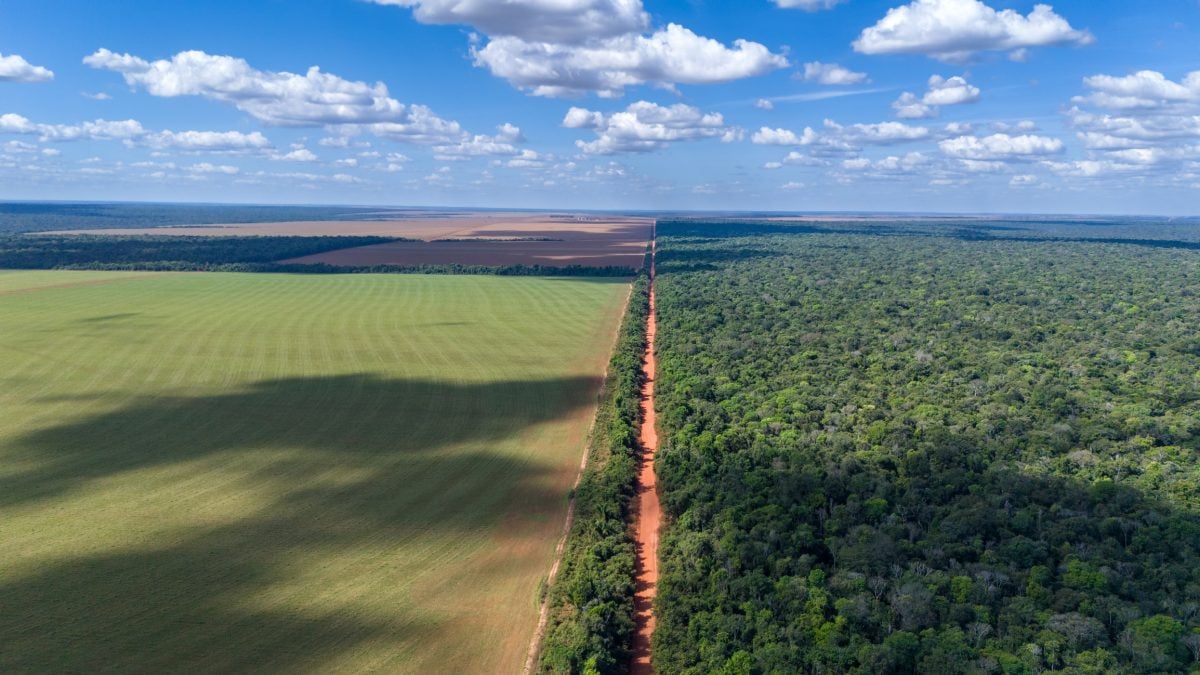Purdue University experts are seeing gray leaf spot lesions on some susceptible corn hybrids in Indiana, and they are encouraging farmers to scout fields to assess the level of disease.
The fungus that causes gray leaf spot infects the corn plant during prolonged periods of warm weather between 75-80 degrees and at more than 90 percent relative humidity.
“Spores can cease development during low humidity periods and then resume the infection process once humidity rises,” said Kiersten Wise, Purdue Extension plant pathologist. “Each lesion can produce many spores, which are splashed or blown to the upper leaves or to other plants where they can survive until conditions are favorable for infection.”
Read Also

Soy trading firms to abandon Amazon protection pact in Brazil
Some of the world’s largest soybean traders are preparing to break their agreement to curb deforestation of the Amazon rainforest to preserve tax benefits in Brazil’s top farm state, two people with direct knowledge of the matter told Reuters.
Lesions on susceptible corn hybrids expand parallel to leaf veins and may grow to 1.5-2 inches long. Because of the infection process, symptoms may not be noticeable for up to two weeks after infection.
“Yield loss may depend on the number of lesions and how far up in the canopy they occur as the plant enters tasseling and pollination,” Wise said. “If lesions have reached the ear leaf or higher during the two weeks before and after tasseling, yield loss could occur. However, if lesions develop on upper leaves later in the season, the economic impact will be less.”
Farmers can lessen the economic blow of gray leaf spot by implementing preventative management strategies, such as fungicide application. Wise said because fungicides are an additional cost to corn producers, growers need to consider economic factors and other disease factors before deciding whether or not to apply them.
Indiana research has shown strobilurin and strobilurin/triazole premix fungicides to be most effective at preventing yield loss when applied in response to disease presence and at the tasseling to early silking growth stage.
“Corn growers should consider a fungicide application if the hybrid they planted is rated as susceptible or moderately susceptible and 50 percent of the plants in a field have disease lesions present on the third leaf below the ear leaf or prior to tasseling,” Wise said.
Susceptible hybrids planted in no-till or reduced-till fields are at high risk for developing gray leaf spot, but weather is the primary factor in disease development.
Even farmers who have planted resistant hybrids should scout their fields for the disease, Wise said. However, fungicide application is not recommended for these hybrids and will not consistently give growers yield increases.
“The thresholds available for fungicide application decisions are not hard and fast rules,” Wise said. “It is important to remember that gray leaf spot severity can be unpredictable in Indiana, even when factors favoring disease development are present. Therefore, farmers need to consider threshold guidelines, cropping practices, planting dates, predicted weather conditions and economic factors when deciding whether or not to use a fungicide to manage gray leaf spot.”















